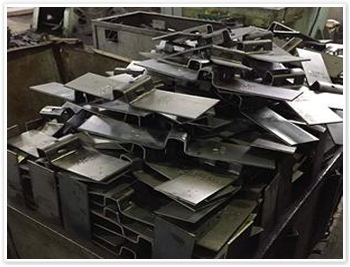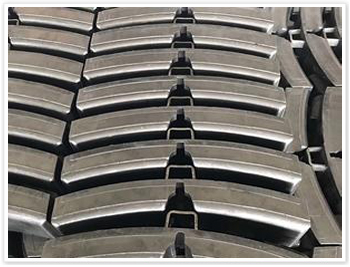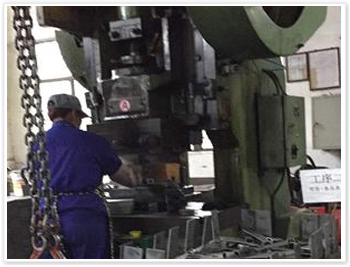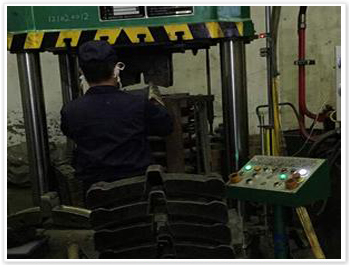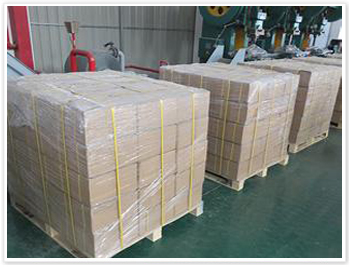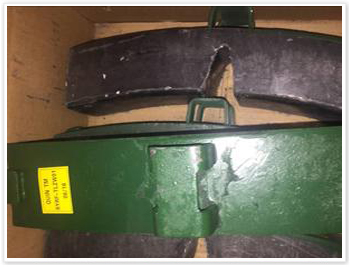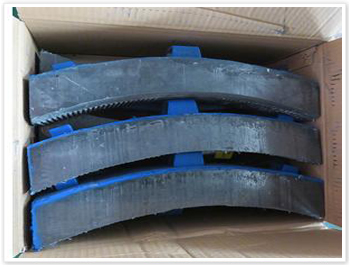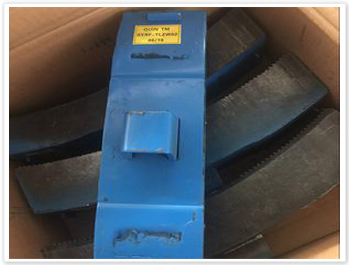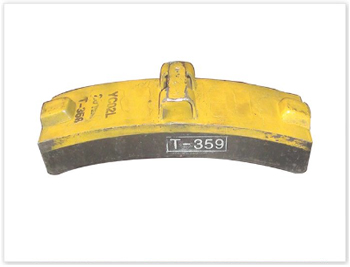
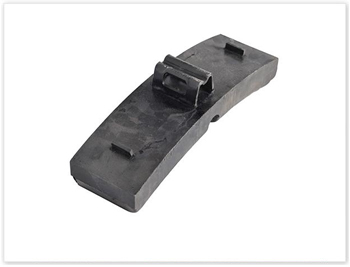
1. Function
Our composite brake block is an ideal replacement of the metallic (gray cast iron) brake block. Composite brake block features motion to the wheel and well fitness between the brake block and brake block shoe (brake holder).
2. Physical and mechanical properties of composite
| Characteristic | Unit | Value | Testing Method |
| Specific Gravity | gr/cm3 | 1,7 – 2,4 | ASTM D792 |
| Coefficient of Friction | 0,14 – 0,22 | ASTM D1894 | |
| Hardness | HRR | 70 – 105 | ASTM D785 |
| Crush Strength | N/cm2 | Minimum 2500 | ASTM D695 |
| Bending Strength | N/cm2 | 2400 – 4000 | ASTM D790 |
| Tensile Strength | N/cm2 | 480 – 1500 | ASTM D3039 |
| Shear Strength | N/cm2 | 1500 - 3500 | ASTM D732 |
| Heat Resistance: 250ºC Result: Does not melt and burn for continuous use. ≥ 400ºC Result: May burn but does not cause the flame. | |||
3. Operational heat
Our composite brake block won't melt or burn and continues to work at a temperature of 250℃
It may burn but causes no flame at a temperature of ≥ 400℃.
4. Materials
A. The materials of composite brake block consist of 3 main substances including reinforcing fiber, organic/inorganic filler and resin bound.
B. It has a high level of uniformity.
C. It can be separated from the backing plate.
D. It contains no asbestos, lead, zinc or other mixtures.
E. It also contains no toxic materials.
F. The hardness of the material is lower than the wheel's.
G. It causes no strong smell in friction.
5. Backing plate
Backing plate for a trains' composite brake block must meet the following criteria. Firstly, it is made of ST-41 steel plate, and is constructed to transmit the braking force to the composite material. Secondly, there should be a binding structure between the composite material and backing plate, thus forming into a integrated unit and ensuring sufficient bending strength and stiffness.
6. Performance
A. Excessive wear won't be caused on the surface of the wheel and the composite brake block.
B. The composite brake block will not cause the wheel porous or cracked.
C. It won't stick at the wheel during braking therefore won't cause uneven wheel surface.
D. It won't cause wheel slipping during full braking in wet conditions.
7. Test procedure
A. Vernier caliper or other methods are used to test the dimension of the brake block.
B. Laboratory test
Specific gravity test: standard ASTM D 792 or equivalent method
Coefficient of friction test: Standard ASTM D 1894 or equivalent method
Hardness test: standard ASTM D 785 or equivalent method
Shear resistance test: standard ASTM D 732 or equivalent method
Press test: Standard ASTM D 695 or equivalent method
Bending test: Standard ASTM D 790 or equivalent method
Thermal properties test: standard ASTM D 177 or equivalent method
